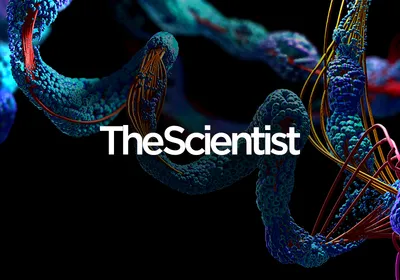 © ISTOCK.COM/KTSIMAGECold Spring Harbor Laboratory molecular geneticist Adrian Krainer was at a National Institutes of Health workshop in 1999 when he first learned about the crippling neurodegenerative disease spinal muscular atrophy (SMA)—the leading genetic cause of death in infants. The disease has no treatment, and more than 90 percent of infants born with SMA die before the age of two. At the workshop, Krainer recalls, researchers presented their findings on two genes associated with the disease, SMN1 and a duplicate gene, SMN2, both coding for survival motor neuron (SMN) protein, an essential component in the production of spinal motor neurons.
© ISTOCK.COM/KTSIMAGECold Spring Harbor Laboratory molecular geneticist Adrian Krainer was at a National Institutes of Health workshop in 1999 when he first learned about the crippling neurodegenerative disease spinal muscular atrophy (SMA)—the leading genetic cause of death in infants. The disease has no treatment, and more than 90 percent of infants born with SMA die before the age of two. At the workshop, Krainer recalls, researchers presented their findings on two genes associated with the disease, SMN1 and a duplicate gene, SMN2, both coding for survival motor neuron (SMN) protein, an essential component in the production of spinal motor neurons.
Despite the apparent similarity of the genes, SMA researcher Christian Lorson, then of Tufts University School of Medicine in Boston, and colleagues had found that a single nucleotide difference was causing the RNA transcripts of each gene to be processed differently, Krainer says. While SMN1—which is usually absent or defective in SMA sufferers—produces functional protein, SMN2 contains a mutation that causes exon 7 to be regularly left out of the transcript during splicing. The resulting messenger RNA (mRNA) is unstable and quickly degraded, resulting in low levels of SMN.
The research piqued Krainer’s interest. He had been studying general mechanisms of splicing and exon skipping and saw the potential to restore proper splicing of SMN2 transcripts as a way to compensate for SMN1 loss in ...






















